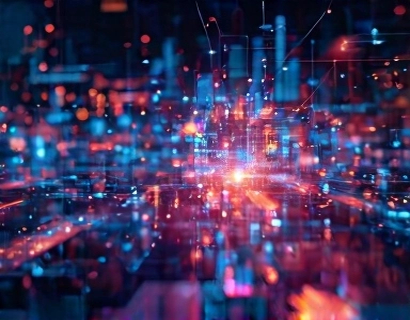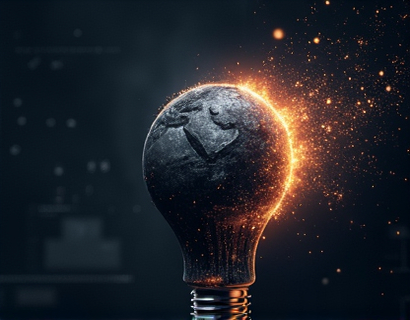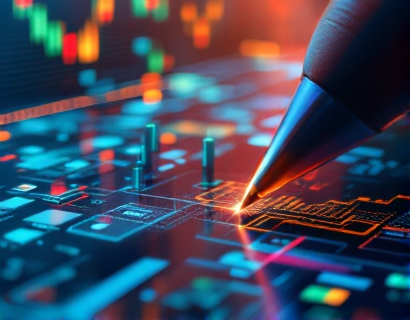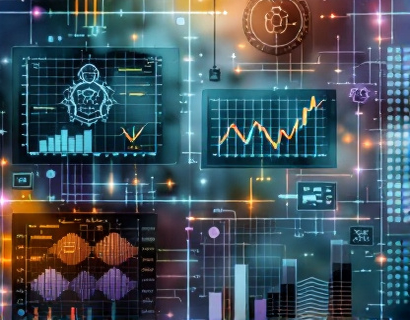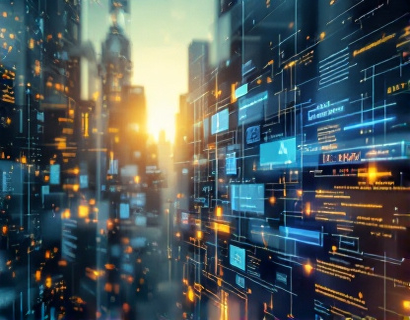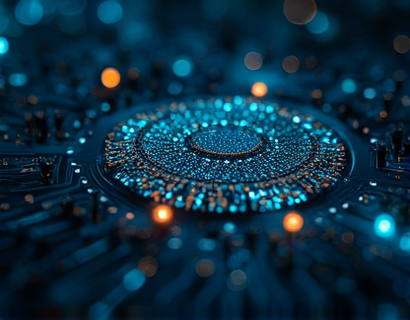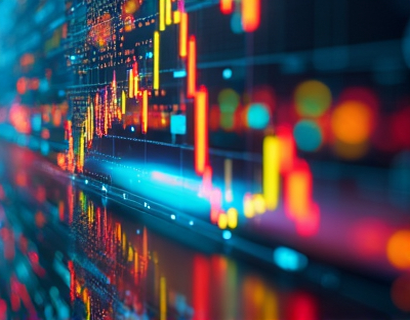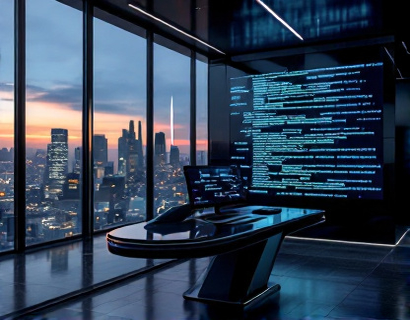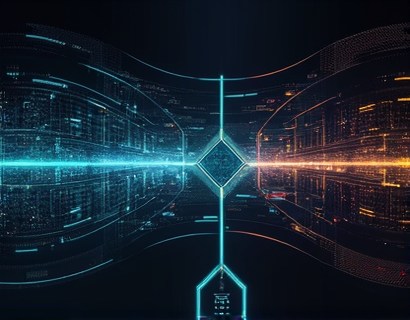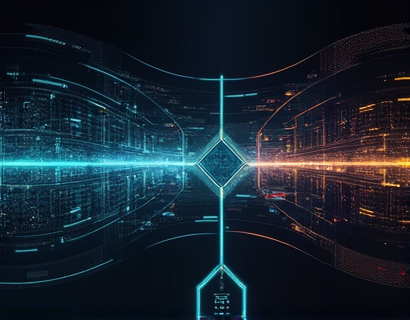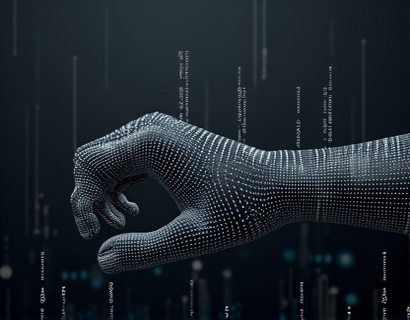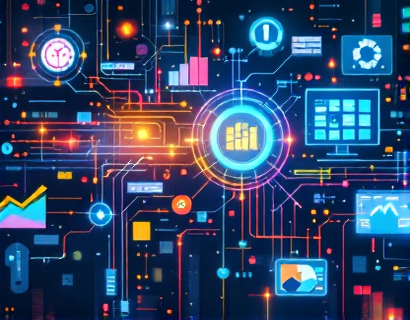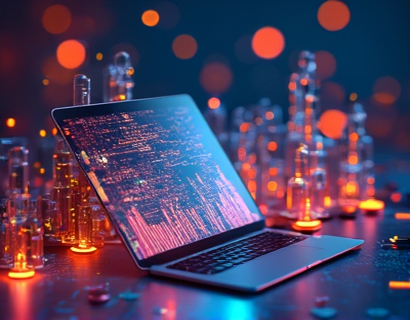Harnessing the Synergy of AI and Blockchain: The Rise of Crypto-Powered Ucosystems
The intersection of artificial intelligence (AI) and blockchain technology is giving birth to a new era of decentralized applications, commonly known as Ucosystems. This innovative fusion is redefining the digital landscape, offering unprecedented levels of security, transparency, and user empowerment. As we delve into this transformative space, it's essential to understand how these technologies complement each other and the profound impact they are having on various industries.
Understanding AI and Blockchain: The Building Blocks
To grasp the potential of crypto-powered Ucosystems, we must first comprehend the fundamentals of AI and blockchain.
Artificial Intelligence, a subset of computer science, focuses on creating systems that can perform tasks requiring human intelligence, such as learning, reasoning, and self-correction. AI algorithms can analyze vast amounts of data, identify patterns, and make predictions or decisions with minimal human intervention.
Blockchain, on the other hand, is a decentralized ledger technology that records transactions across multiple computers in a way that ensures security, transparency, and immutability. Each block in the chain contains a cryptographic hash of the previous block, a timestamp, and transaction data, making it nearly impossible to alter any information without consensus from the network.
The combination of AI and blockchain leverages the strengths of both technologies. AI can process and analyze data stored on a blockchain, while blockchain provides a secure and transparent environment for AI models to operate, ensuring data integrity and trust.
Decentralized Applications: The Core of Ucosystems
Decentralized applications (dApps) are the cornerstone of Ucosystems, built on blockchain networks to operate without a central authority. These applications utilize smart contracts, self-executing contracts with the terms directly written into code, to automate and enforce agreements.
AI enhances dApps by providing intelligent, adaptive, and efficient functionalities. For instance, AI-driven chatbots on a decentralized platform can offer personalized customer support, while AI algorithms can optimize resource allocation in decentralized finance (DeFi) applications.
Enhanced Security and Trust
One of the most significant advantages of Ucosystems is the enhanced security and trust they provide. Blockchain's inherent properties ensure that data is tamper-proof and transparent, reducing the risk of fraud and cyber attacks. AI can further bolster security by detecting and mitigating anomalies in real-time, such as unusual transaction patterns or potential smart contract vulnerabilities.
Moreover, the decentralized nature of these systems eliminates single points of failure, making them more resilient against attacks. Users have greater control over their data and assets, as they are stored and managed on a distributed network rather than centralized servers.
Improved User Experiences
The integration of AI in Ucosystems leads to more intuitive and user-friendly applications. AI can analyze user behavior and preferences to provide personalized experiences, recommendations, and insights. For example, in a decentralized social media platform, AI can curate content based on user interests, ensuring a more engaging and relevant experience.
AI-powered interfaces can also adapt to different user needs, supporting multiple languages and accessibility features. This inclusivity broadens the user base and fosters a more diverse and vibrant community within the Uecosystem.
Optimized Operations and Efficiency
AI and blockchain together can optimize various operational aspects of Ucosystems. AI algorithms can predict market trends, manage supply chains, and automate administrative tasks, reducing costs and increasing efficiency. Smart contracts can execute these tasks automatically, ensuring timely and accurate execution without human intervention.
In the realm of decentralized gaming, AI can create more realistic and dynamic game environments, while blockchain ensures fair play and secure asset transactions. This synergy not only enhances the gaming experience but also opens new revenue streams for developers and players.
Innovative Use Cases: Transforming Industries
The potential applications of Ucosystems are vast and varied, impacting multiple industries in transformative ways.
Healthcare
In healthcare, AI and blockchain can revolutionize patient data management. Decentralized health records powered by blockchain ensure data privacy and security, while AI can analyze medical data to predict disease outbreaks, personalize treatment plans, and accelerate drug discovery.
Telemedicine platforms built on Uecosystems can leverage AI for remote diagnostics and AI-driven chatbots for patient support, making healthcare more accessible and efficient.
Supply Chain and Logistics
Supply chain management benefits greatly from the transparency and traceability offered by blockchain. AI can optimize logistics by predicting demand, managing inventory, and streamlining transportation routes. Smart contracts can automate payments and ensure compliance with regulations, reducing delays and costs.
For example, a decentralized platform can track the origin and journey of products, from manufacturing to delivery, ensuring authenticity and ethical sourcing. This level of transparency builds trust among consumers and businesses alike.
Finance
Decentralized finance (DeFi) is one of the most prominent applications of Uecosystems, offering financial services without traditional intermediaries. AI can enhance DeFi platforms by providing sophisticated risk assessment tools, fraud detection systems, and personalized financial advice.
Stablecoins and decentralized lending platforms benefit from AI-driven algorithms that adjust interest rates and credit scores based on real-time market data and user behavior. This creates a more dynamic and responsive financial ecosystem.
Challenges and Considerations
While the potential of Uecosystems is immense, there are challenges that need to be addressed to ensure their widespread adoption and success.
Regulatory Uncertainty
The regulatory landscape for blockchain and AI is still evolving, creating uncertainty for developers and users. Clear and consistent regulations are necessary to protect consumers, ensure compliance, and foster innovation.
Collaboration between governments, industry stakeholders, and technologists is crucial to develop frameworks that balance innovation with safety and ethical considerations.
Technical Complexity
The technical complexity of integrating AI and blockchain can be a barrier to entry for many organizations. Developing robust, scalable, and secure Uecosystems requires expertise in both domains, which can be challenging to find and retain.
Education and training programs can help bridge this gap, equipping professionals with the necessary skills to build and maintain these advanced systems.
Scalability and Performance
As Uecosystems grow, ensuring scalability and performance becomes critical. Blockchain networks must handle increasing transaction volumes without compromising speed or security. AI algorithms need to process large datasets efficiently to provide real-time insights and recommendations.
Continuous research and development in both areas are essential to overcome these challenges and support the growth of Uecosystems.
The Future of Uecosystems
The future of Uecosystems is bright, with ongoing advancements in AI and blockchain paving the way for even more innovative applications. As these technologies mature, we can expect to see:
- More sophisticated AI models integrated into blockchain-based applications
- Enhanced interoperability between different blockchain networks
- Greater adoption across various industries, leading to new business models and revenue streams
- Improved user experiences through more intuitive and personalized interfaces
The synergy of AI and blockchain is not just a trend but a fundamental shift in how we build and interact with digital systems. By embracing this revolution, we can create more secure, transparent, and user-centric Uecosystems that drive growth and innovation in the digital age.




